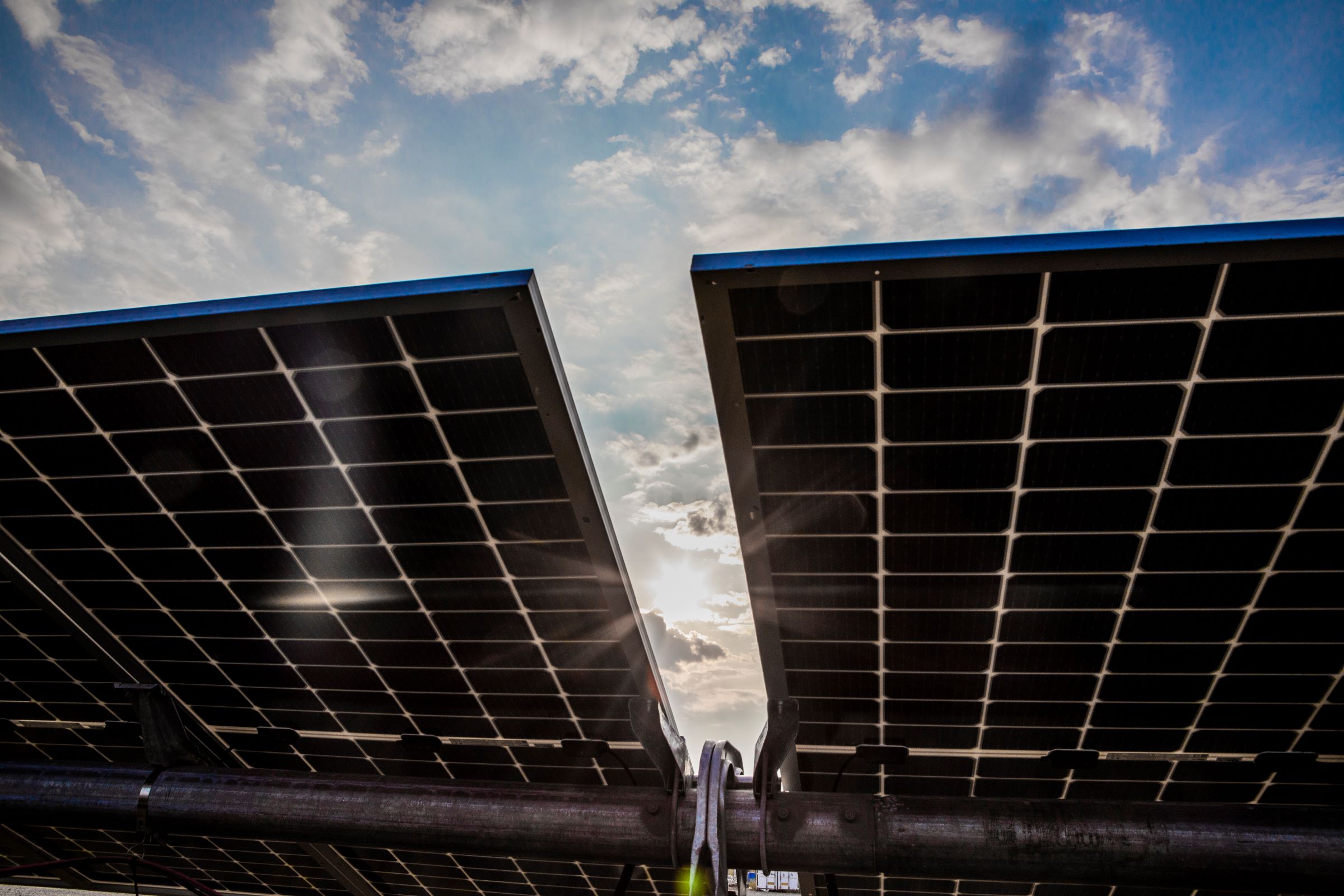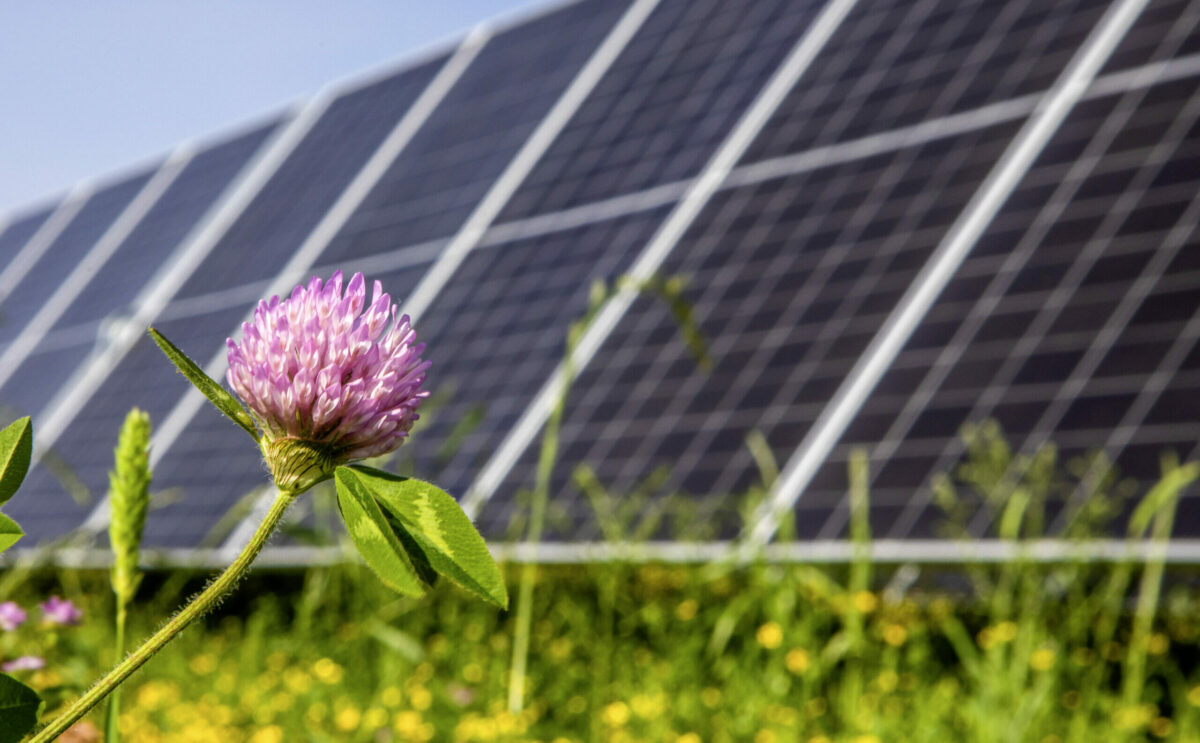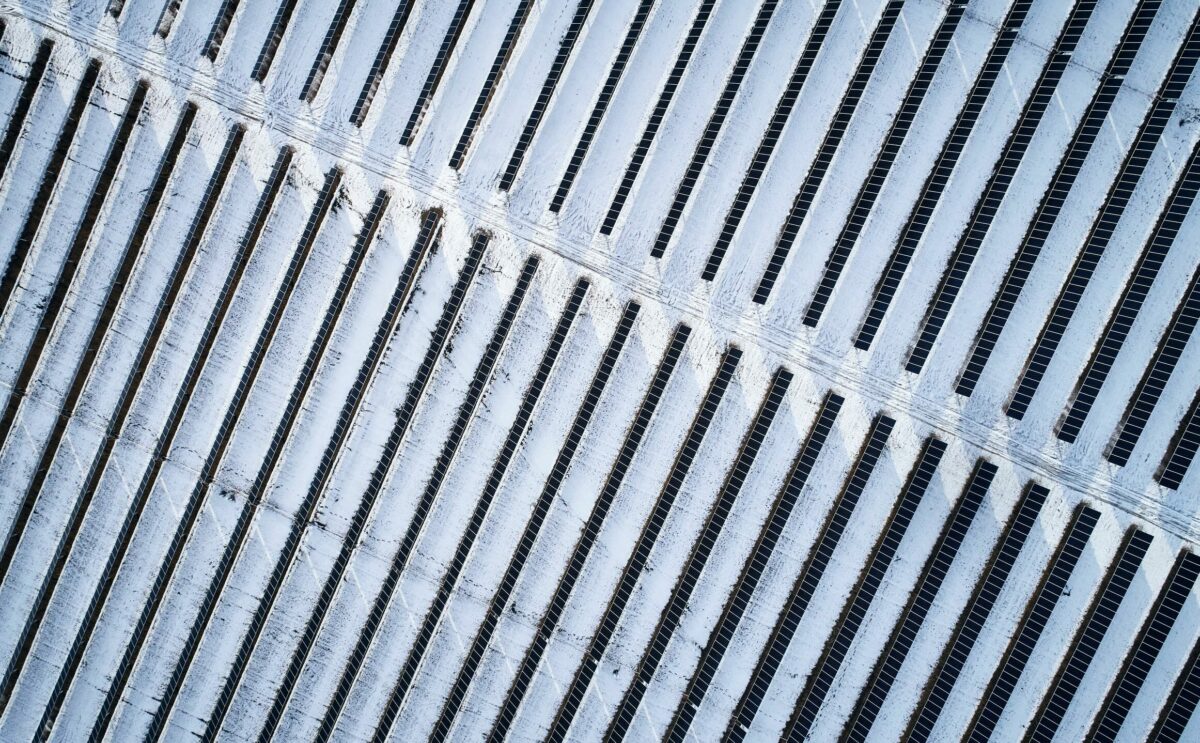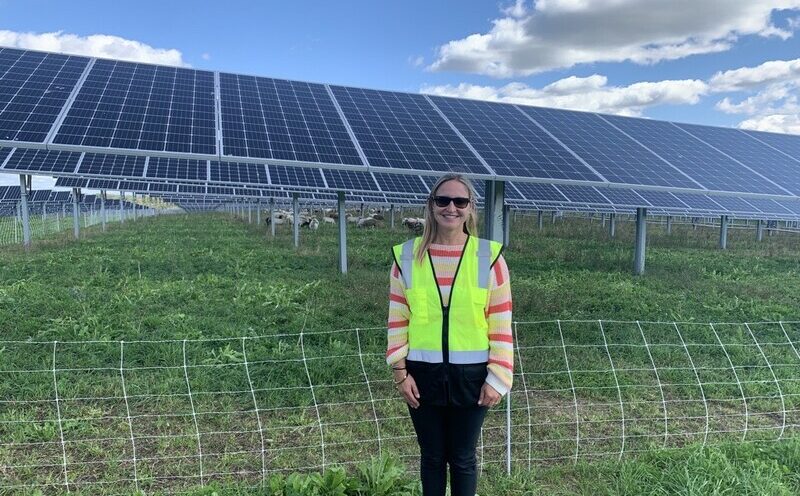Keeping an eye on the horizon: Updates on Lightsource bp's comprehensive hail mitigation program
Article by Dave Martin, Manager, Innovation & Operational Excellence
Keeping an eye on the horizon: Updates on Lightsource bp’s comprehensive hail mitigation program
Just over two years ago, Lightsource bp launched a comprehensive hail monitoring and risk mitigation program named “Project Whiskeyball.” As of July 2023, the program is actively protecting 100% of our operational projects. The program is also passively protecting construction projects before they go online by requiring installed module rows to be locked to hail stow angles.
If everything goes well, most people won’t hear about this program or the team of dedicated professionals who work to protect our assets. However, in light of recent hail activity that has generated reports of possible record damage costs and viral photos of broken modules, I thought I’d share some context and learnings from our perspective.
For those who have not heard of this program before, key to its implementation are the trackers that typically enable solar panels to follow the sun throughout the day from East to West. To mitigate hail damage, we leverage those trackers to preemptively tilt modules to reduce the skyward area and deflect the damaging force of a falling hail stone. Most trackers can tilt about 50-60 degrees in either direction, though this week Nextracker announced a hail-focused solution that can tilt up to 75 degrees and features automatic stowing for hail events.
Since the inception of Project Whiskeyball, our team has monitored weather forecasts every day and dispatched our sites over 140 times, across 16 projects in 7 different states, due to hail risk.

In June, we had our most active month ever, with 46 hail stows across 15 sites. While this is a significant figure on its own, it was also the conditions around these events that created an especially challenging environment for our hail mitigation team. June is not normally such an active month; last June we had only 14 dispatches, but this year we saw almost continual threats of hail in excess of two inches in diameter and forecasted high-risk areas that covered thousands of square miles. These large risk areas meant that every day we had multiple sites to monitor for hail risk, utilizing constantly shifting local forecasts. In fact, the conditions were so challenging that 12 of our stow events were sent with immediate effect due to unanticipated storm cells that were caught using forecasts from DTN and an in-house alerting system for site-specific threats. For more information how we leverage those forecasts to track acute site risks, you can watch Kevin Christy‘s great interview with DTN’s Ken Carrier.
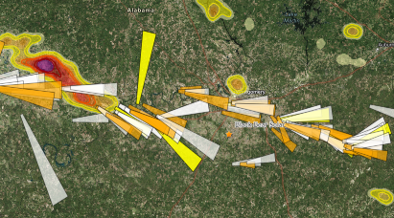
In addition to our staffed weather monitoring operation, our team is also developing an automated stow system for cases where storms suddenly develop and are not caught in regular monitoring, adding another layer of safety to Whiskeyball. Though the system will not actively stow sites automatically for a few more weeks, it did successfully flag over 45 localized threats to our sites in the period from June 10th to the 19th.
June put our team to the test, and we luckily didn’t see any significant hail fall on our sites or suffer any damage. However, the dynamic and severe nature of these storms underlined our need for a safety net as storms become more unpredictable and our portfolio grows.
To learn more about our hail mitigation, you can refer to our original in-depth piece on Lightsource bp’s Whiskeyball program.
Read our first article on Project Whiskeyball here.
Dave Martin first published this article on LinkedIn on September 8, 2023. To leave a comment or question, please view the original post here.
More insights from our experts
14 Jun, 2024
Podcast appearance: Our Environmental Affairs team on Lightsource bp’s Responsible Solar environmental approach
Innovative biodiversity programs and more!
03 Apr, 2024
Podcast appearance: Our innovation team busts myths on solar and extreme weather
Solar works in extreme weather conditions.

